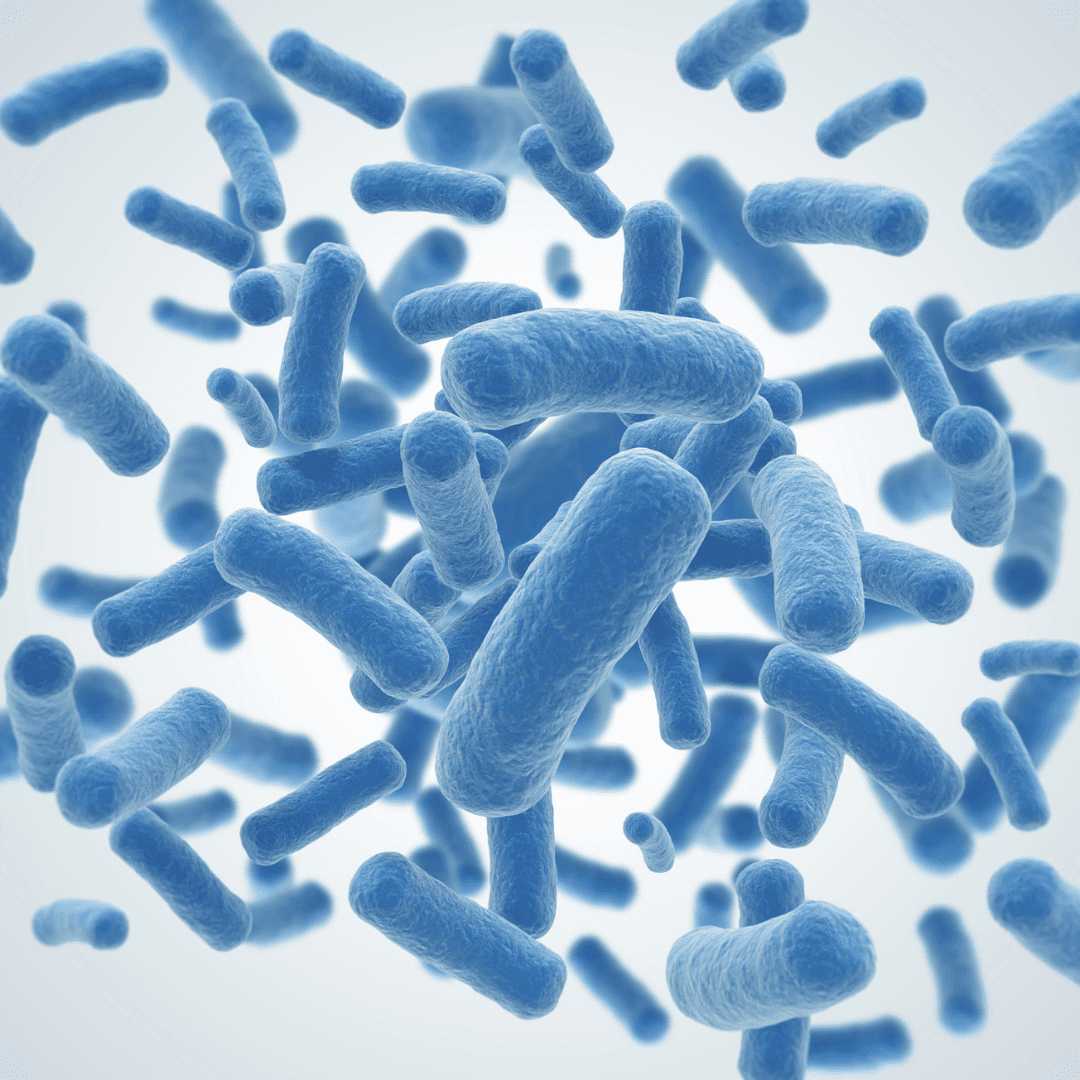Although there is more awareness of vitamin K2 (and it’s relationship with vitamin D), it is still very much an underrated vitamin. With the research on vitamin D levels and better Covid outcomes, if you are supplementing vitamin D, it is important that you are supplementing with K2. But it is important to distinguish between the two types of vitamin K , K1 and K2, because they have quite different functions in the body.
Sources of Vitamin K
Our leafy green vegetables are rich in Vitamin K1 (Phylloquinone) – spinach, kale, broccoli. Typically, the greener the plant, the higher its Vitamin K1 content. Vitamin K1 is found in our liver. Vitamin K2 is typically found outside the liver and when the liver needs more K1, it can pull K2 in from other tissues and then converts it to K1. So it is more likely that if there is a vitamin K-deficiency, it will be most pronounced in our arteries, cartilage and in bone too. Vitamin K1 is needed to make clotting factors.
Vitamin K2 (Menaquinone) is produced by our gut bacteria. It is also found in fermented cheese, natto (fermented soybean) and organ meat. There are 2 forms of K2 : Mk-4 (usually synthetic) and MK-7 (found in bacteria). The highest concentration of vitamin K2 MK-7 is natto. Our bodies store Vitamin K2 in our bones and arterial tissue.
Vitamin K2 regulates calcium
Vitamin K2 is essential for regulating calcium in the body. It ensures that calcium we consume ends up in our bones and teeth instead of in our soft tissues or coronary arteries. Calcium supplements taken on their own should be taken with caution particularly when taken over a long period of time. If you are supplementing calcium, you should supplement K2. Calcium needs K2 to drive the calcium to our bones and teeth. Otherwise calcium ends up in the arteries, increasing cardiovascular risk because the aortic tissues are over-calcified. Calcium supplementation taken over a long period of time without K2 can increase the risk of heart attacks and stroke for this reason.
Vitamin D produces osteoblasts
Vitamin D stimulates the production of bone building cells called osteoblasts which secrete osteocalcin in its uncarboxylated form. So what is osteocalcin? It’s a vitamin K2-dependent protein that creates the bone matrix upon which calcium crystallises. It is effectively the glue that holds calcium in the bone. Vitamin K2 is required to activate osteocalcin via a process called carboxylation so that the calcium can now be used to give structure to our bones. Research has shown that high levels of uncarboxylated osteocalcin (which needs to be carboxylated by vitamin K2) results in loss of bone mass density and higher risk of hip fractures. Hence vitamin K2 supplementation may prevent osteoporosis in postmenopausal women.
Vitamin K in Childhood
The bones of young kids are highly active and their osteocalcin levels are 8 to 10 times higher than in adults. This means that they have a high need for K2 due to their huge growth spurts. If children aren’t getting enough K2, the body will steal calcium from areas of less importance, for instance your jawbone, to make sure it goes in your weight-bearing bones. This explains why in some children, their jaw bones are not growing to their full potential and is thought to contribute to the need for wisdom teeth removal.
Vitamin K and Cardiovascular disease
Cardiovascular disease is the most common cause of death in the western world- approximatley 50% of all deaths. The strongest predictor of cardiovascular disease is calcification, not cholesterol! There are several vitamin K2-dependent proteins, one of which is called Matrix Gla Protein (MGP) found in our bone, cartilage and vascular smooth muscle cells. Research has shown that MGP inhibits tissue calcification but MGP has to be carboxylated by vitamin K2 to become active.
